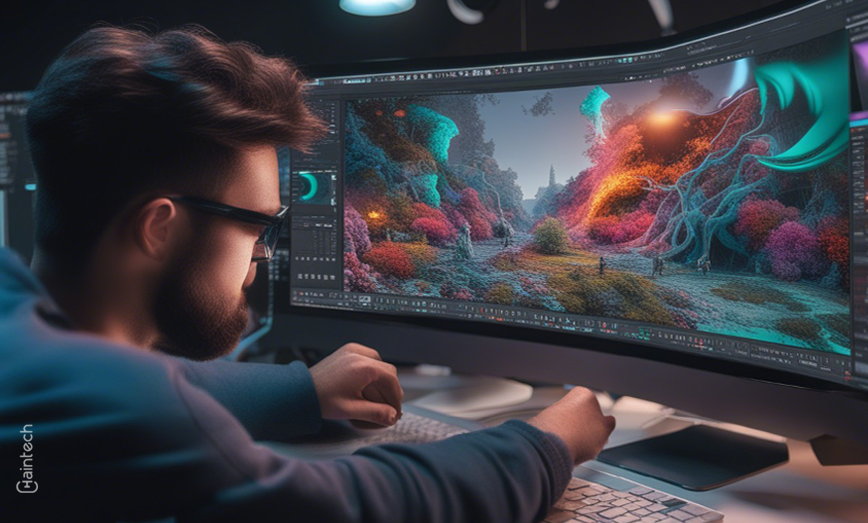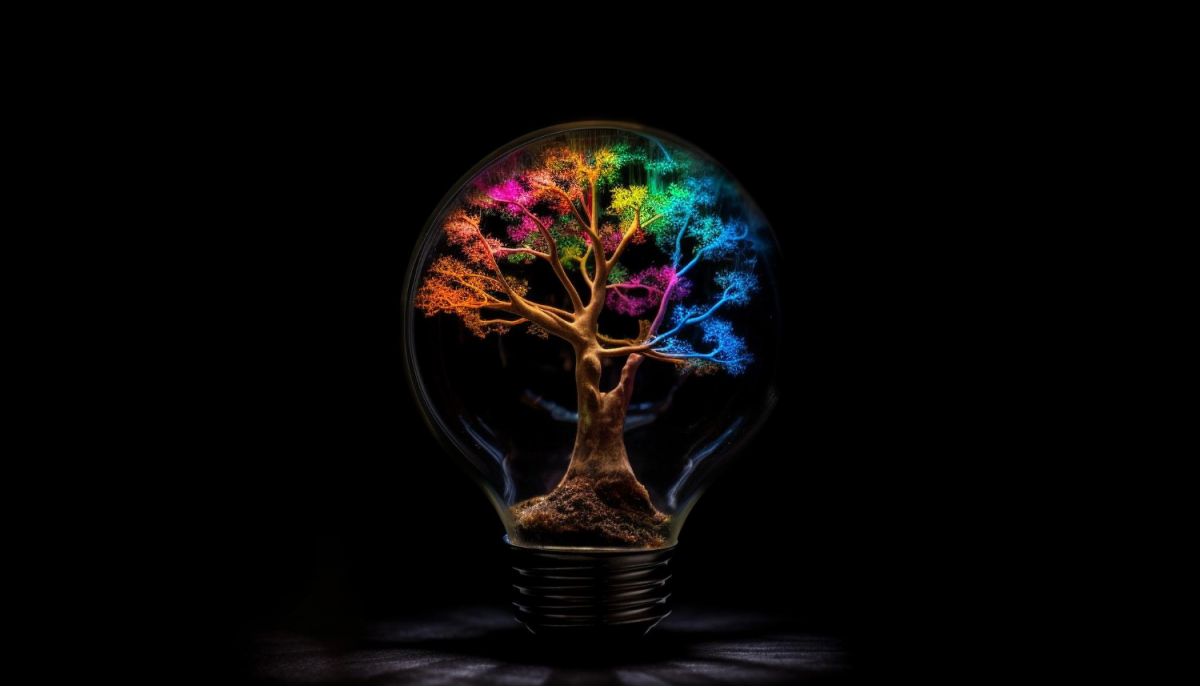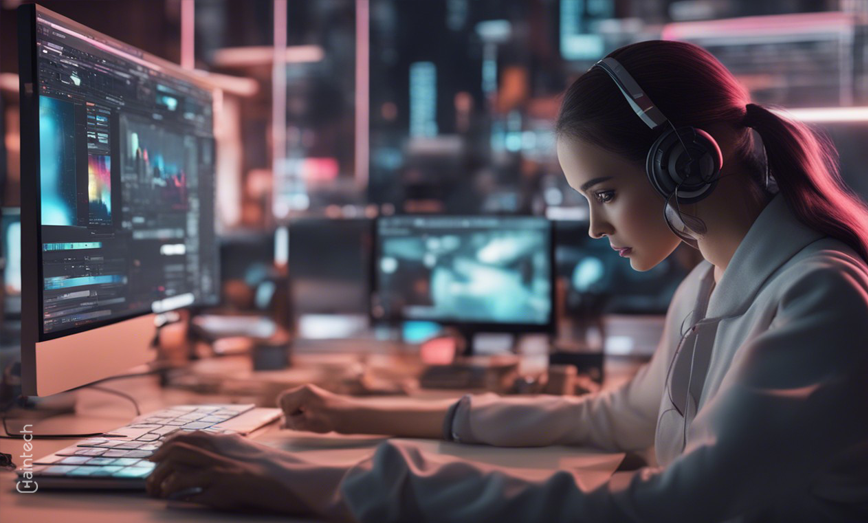The Power of 3D Design and Motion Graphics: Engage Your Audience Like Never Before

Introduction
In today’s digital era, the power of 3D design and motion graphics cannot be underestimated. These creative tools have revolutionized the way we engage with audiences, offering captivating visual experiences and effective communication tools. Mastering the art of 3D design and motion graphics is crucial for anyone looking to make a lasting impression.
Defining 3D Design and Motion Graphics
3D design involves the creation of three-dimensional digital models by manipulating virtual objects in a 3D software environment. Motion graphics, on the other hand, refer to the technique of animating graphics, text, and other visual elements to bring them to life. Together, they offer a dynamic and immersive experience that captivates audiences.
The Evolution and Significance of 3D in the Digital Era
The emergence of 3D technology has significantly enhanced the visual aspects of digital content. With the advancements in computer processing power and software capabilities, 3D design has become more accessible to a wider range of industries, from advertising and marketing to film and gaming. The significance of 3D lies in its ability to provide a level of realism and depth that was previously unimaginable.
Why Mastering 3D Design and Motion Graphics is Crucial for Engaging Your Audience
In a world inundated with information and content, captivating your audience is essential. 3D design and motion graphics offer a unique and effective strategy for engaging viewers. By creating stunning visuals and immersive environments, you can better communicate complex ideas, grab and retain audience attention, and ultimately leave a lasting impact on your audience.
Exploring the Benefits of 3D Design
A. Captivating Visual Experiences
Enhancing realism with three-dimensional depth: The incorporation of three-dimensional depth in 3D design adds a level of realism that two-dimensional graphics simply cannot achieve. This depth creates a more immersive experience, making it easier for viewers to connect with the content being presented.
Creating memorable and immersive environments: Through 3D design, you can create realistic and visually stunning environments that transport your audience to different worlds. Whether it’s a futuristic cityscape or a lush jungle, the power of 3D design lies in its ability to create memorable and immersive experiences.
B. Effective Communication Tool
Simplifying complex ideas and concepts: 3D design and motion graphics can simplify complex ideas by visually representing them in a more digestible format. With the use of animation and visual effects, intricate concepts can be made clearer and easier to understand for the audience.
Grabbing and retaining audience attention: The engaging nature of 3D design and motion graphics helps capture and hold the audience’s attention. By incorporating visually appealing elements and dynamic movements, you can create a captivating experience that keeps viewers hooked.
Enhancing storytelling capabilities: 3D design and motion graphics provide the opportunity to enhance storytelling capabilities. Through the use of visual effects, animations, and seamless transitions, you can effectively convey narratives and emotional messages, evoking a stronger response from your audience.
Conclusion
In conclusion, mastering the art of 3D design and motion graphics is essential for engaging your audience like never before. These creative tools offer captivating visual experiences, simplify complex ideas, and enhance storytelling capabilities. By harnessing the power of 3D design, you can create immersive environments, leave a lasting impact on your audience, and take your content to new heights in the digital era.









